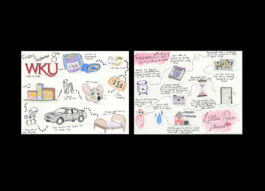MATT SCOTT BARNES
My approach to teaching graphic design is based on historical research, contemporary practice, critical writing, and open conversation about design theory. I believe it's important to give students a strong foundation in historical research to help them appreciate the evolution of design over time. For example, we can explore how design has been used in different cultural contexts and how it has evolved in response to changing technology.
In addition to this historical perspective, I also believe it's vital to introduce new and innovative ideas about what graphic design can be. Encouraging students to think creatively and outside of the box can help them develop work that is unique and groundbreaking. This may involve exploring new technologies or experimenting with different mediums.
Furthermore, I think it's important for students to develop strong conceptual thinking skills. Rather than simply following current trends or creating work that is ironic in nature, students should think deeply about the ideas behind their work. By building work with strong conceptual thinking, students can create designs that are not only aesthetically pleasing but also have a deeper meaning and purpose.
Finally, I believe open conversation about design theory is key to helping students develop their skills. By discussing different approaches to design and exploring the work of other designers, students can gain a better understanding of the field and develop their own unique voice.
Teaching Experience:
Summer 2025 — Fall 2025
University of Cincinnati / Ullman School of Design
Fall 2025 - Design Research and Methods
Fall 2025 - Typography 3.2
Fall 2025 - Typography 1.1 and 1.2
Summer 2025 - Capstone 1.2
Fall 2021 — Spring 2022
The New School / Parsons School of Design
Spring 2022 - PUCD 4205 Core 4 — Thesis 2 / Class Site
Fall 2021 - PUCD 4205 Core 4 — Thesis 1 / Class Site
Fall 2017
Western Kentucky University / Department of Art & Design
Art 432 — Portfolio / Syllabus
Art 431 — Illustration / Syllabus
Fall 2013
Art Academy of Cincinnati
VCD1 — Typography / Syllabus
VCD3 — Integration / Syllabus
Poster Party! (R1)
Fall 2025 / University of Cincinnati / Typography 1
Poster Party Round 1 is an introductory project for first semester students that establishes core skills in visual research, typographic reasoning and iterative development. Each student begins by selecting a seventies arthouse film from a provided list. They gather visual references and assemble them into a totem pole style composition. This totem functions as the project’s initial sketch, and students are asked to use each row as a directional cue, allowing the structure of the swipe to actively guide their own design decisions. Stills from the chosen film may also be used in this first round to anchor their references.
Building from the totem, students develop title wordmark sketches that translate the visual character of their references into original letterforms. Using the supplied billing block, they then create poster layouts that demonstrate clear hierarchy through deliberate choices in scale, position, weight, tracking, kerning and leading. All final work for this stage must be presented strictly in black and white, with no grey, emphasizing clarity, contrast and composition.
The project results in a minimum of six concepts and at least twenty four iterations. Collectively, these outcomes document the students’ early engagement with form, typography and structured experimentation, establishing a foundation for their continued practice.
Student:
Abbie Kasseckert
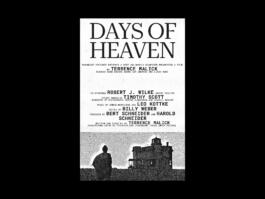


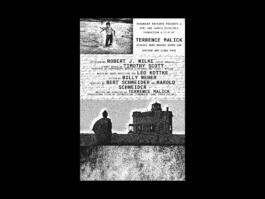


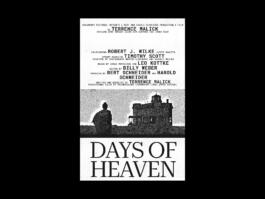















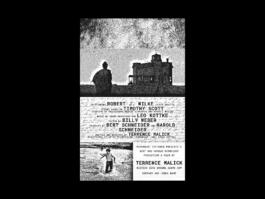








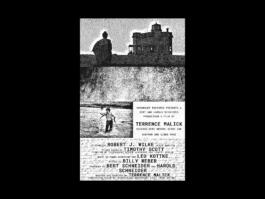







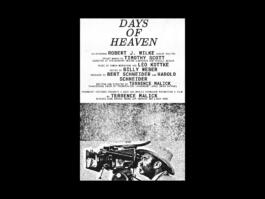
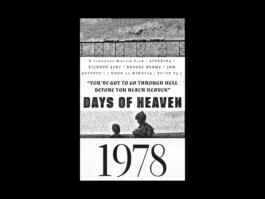

















Student:
Aleicia Smith













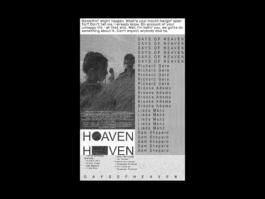




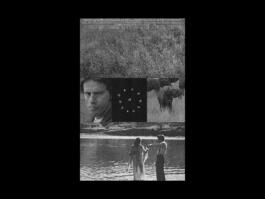









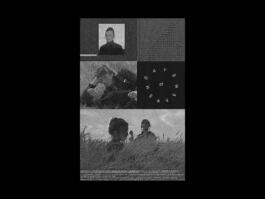







Student:
Ava Lackey
















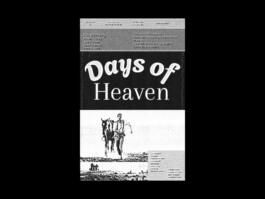


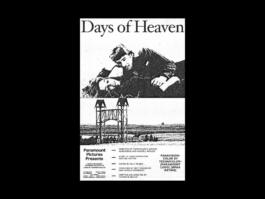












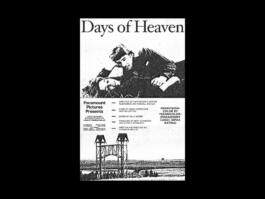

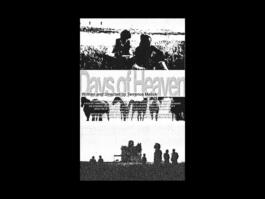



























Student:
Brandon Keith


































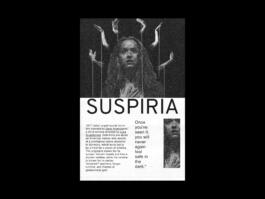























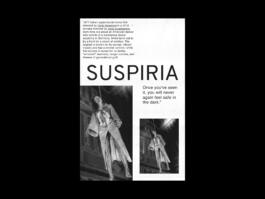


















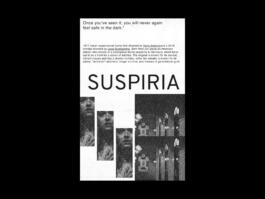






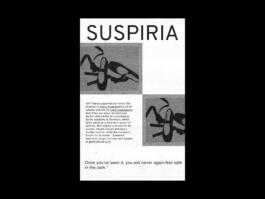








Student:
Cyrus Carlson
























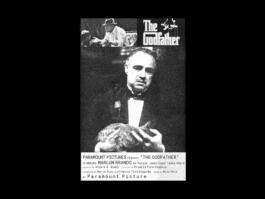









Student:
Elden Slack

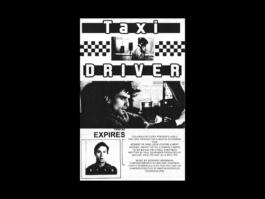













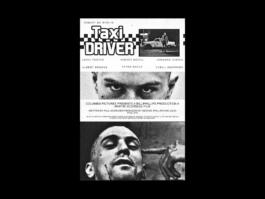

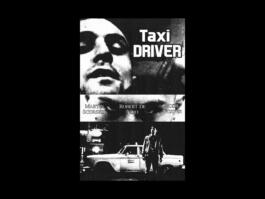





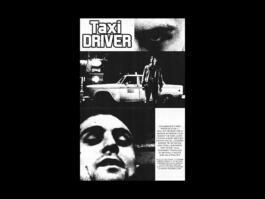
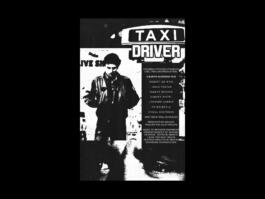



















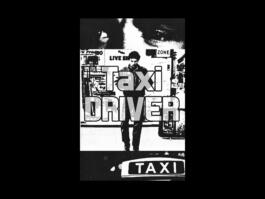













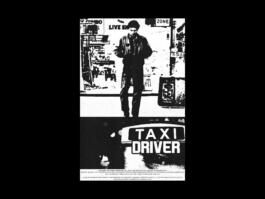

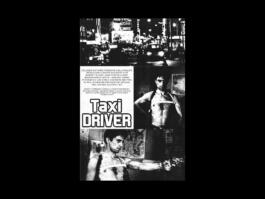

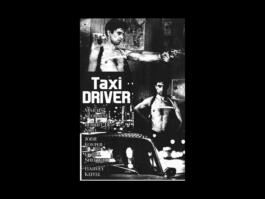




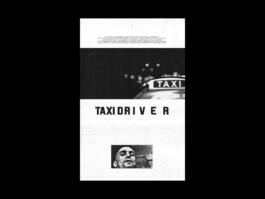


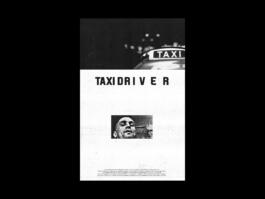







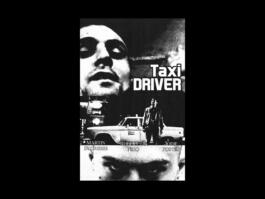
Student:
Elizabeth Stitak










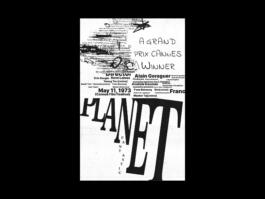








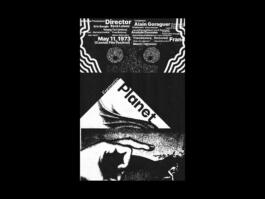




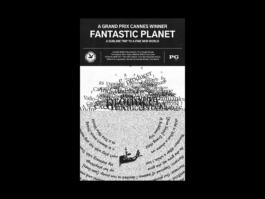










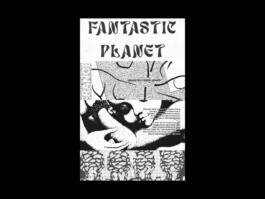


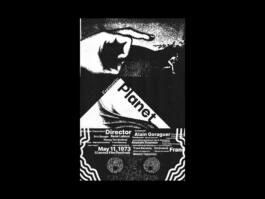









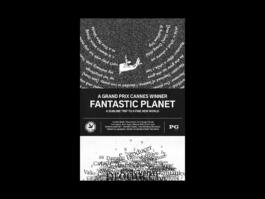











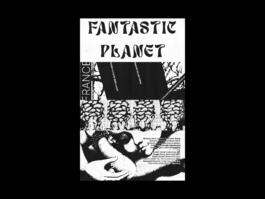



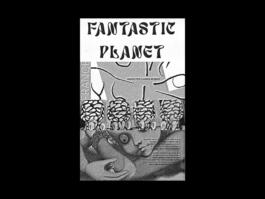









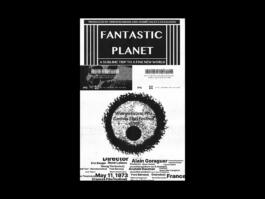


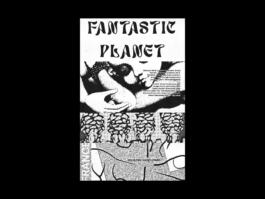











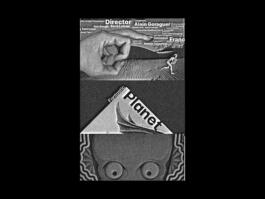


















Student:
Ella Cuchra


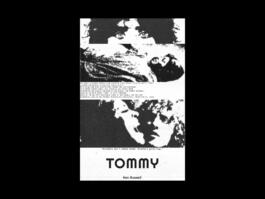








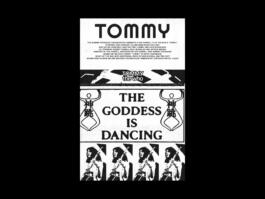







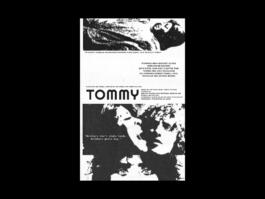









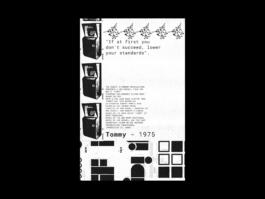










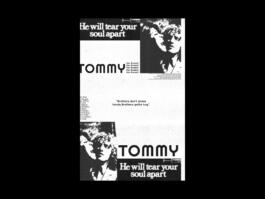





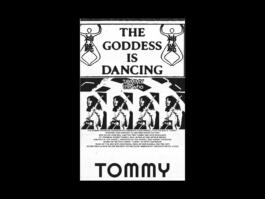



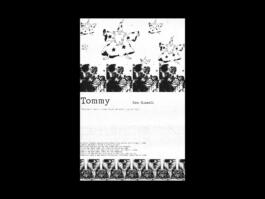




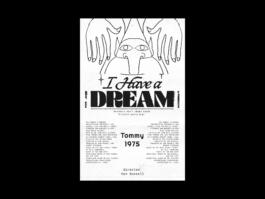








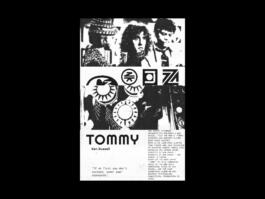







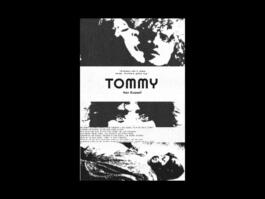








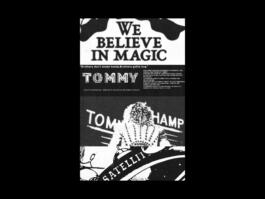












Student:
Grace Powell















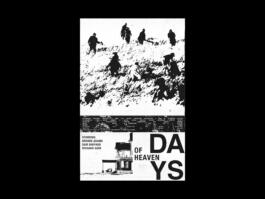



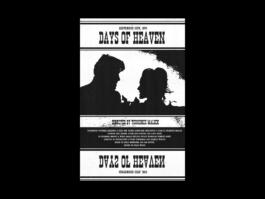
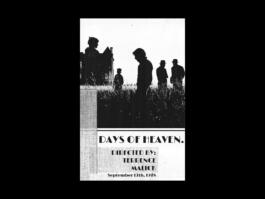




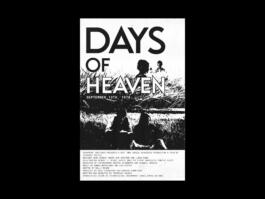





Student:
Jaylen Patel






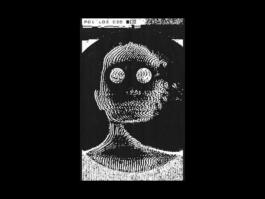

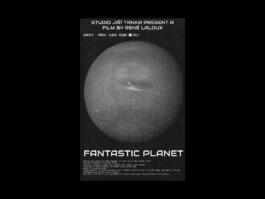





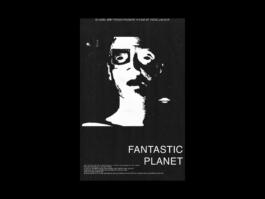





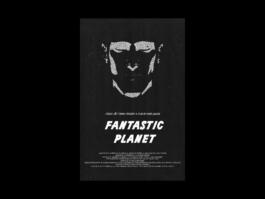




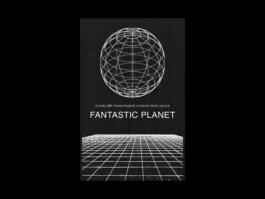





Student:
Laurel Ruff

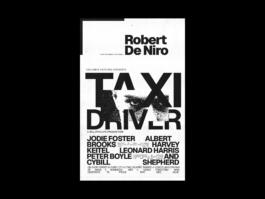
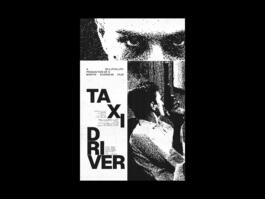



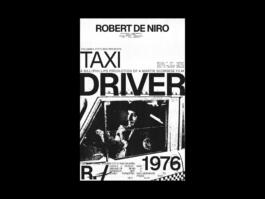






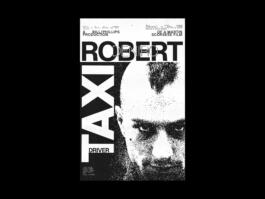






















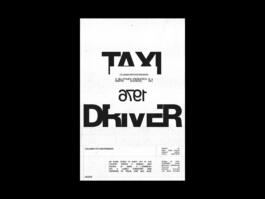
Student:
Lila Nagy
















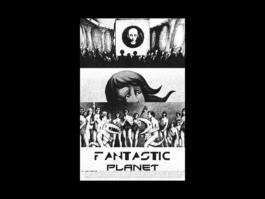















Student:
Lola Haun













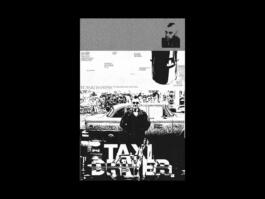

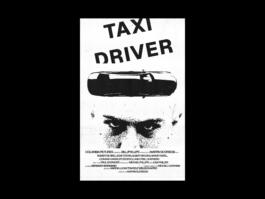





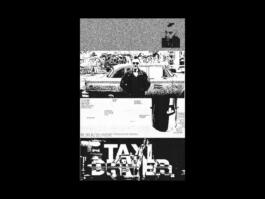






















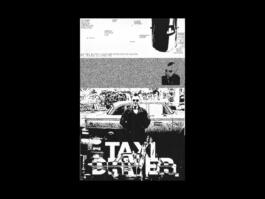




















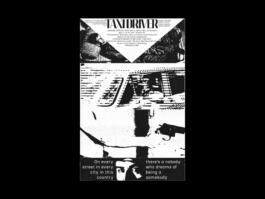


Student:
Makayla Kyle





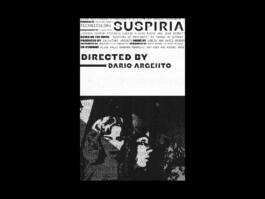












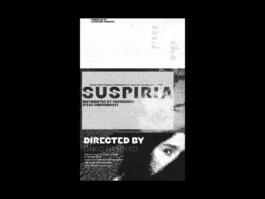





















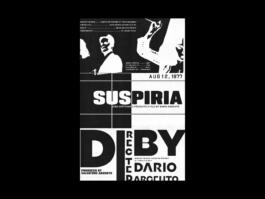





























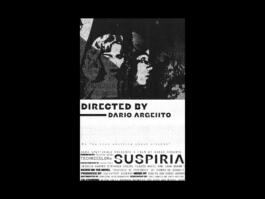

Student:
Maya Solganik





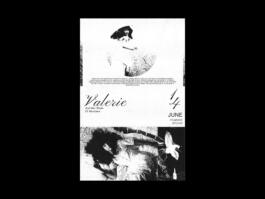



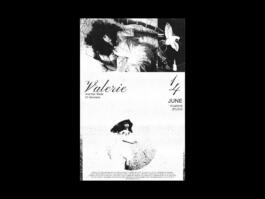







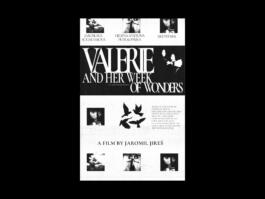








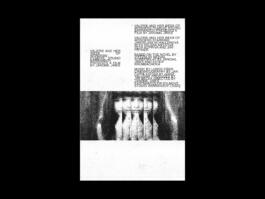





























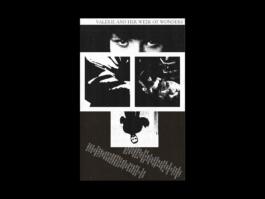











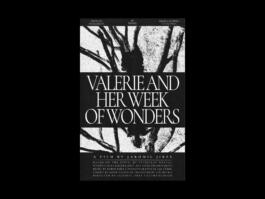


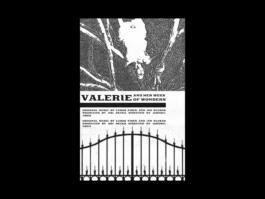






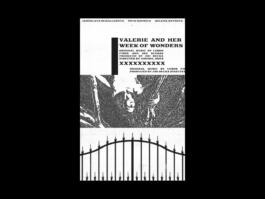



Student:
Molly Wells












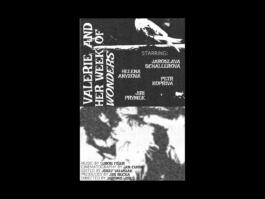


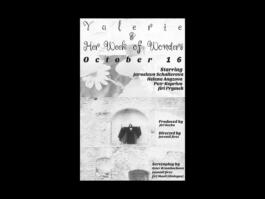



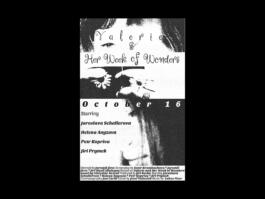















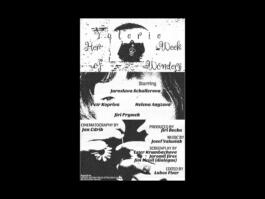






Student:
Monica Keith
































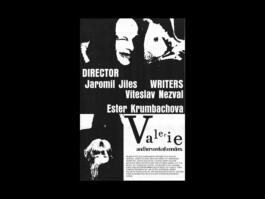

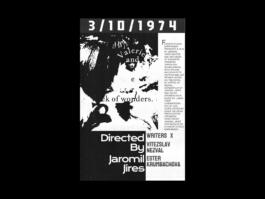



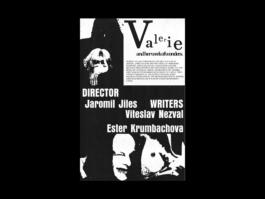













Student:
Riley O'Bryan



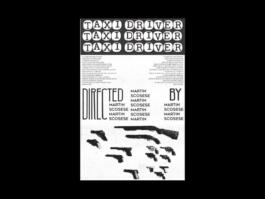





















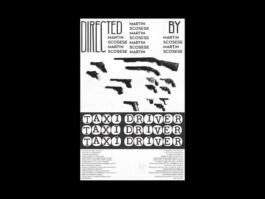

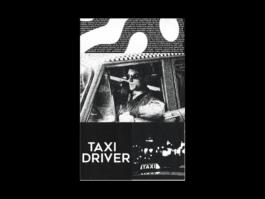



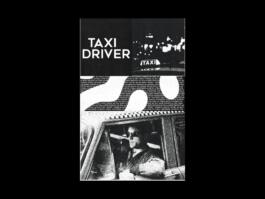






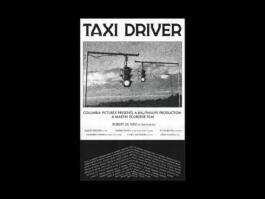

Student:
Violet Kaye





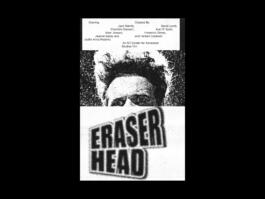



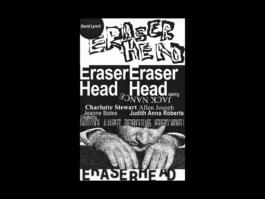


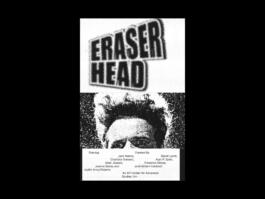

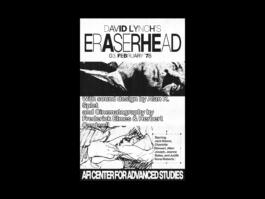
















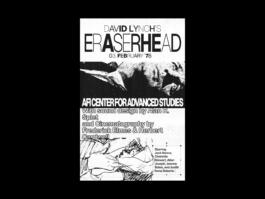










Student:
Aaron Ziegler










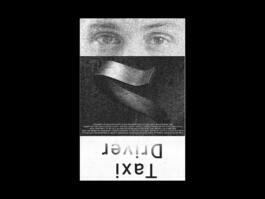




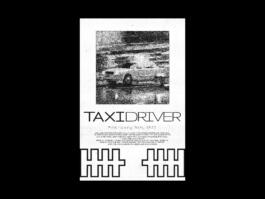




Student:
Aleene Rinehart


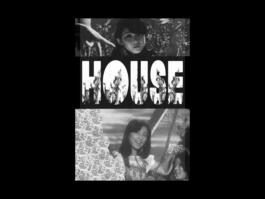

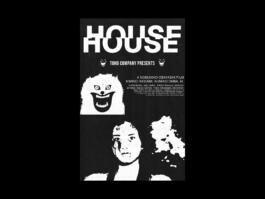


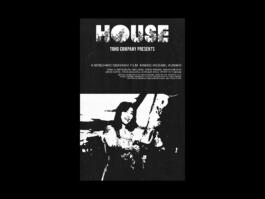










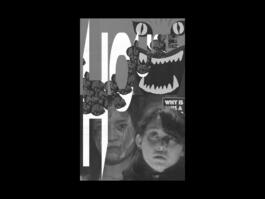
















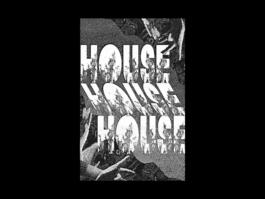
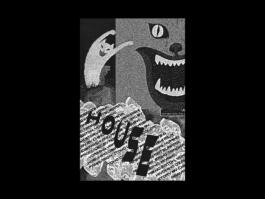








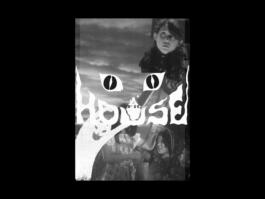





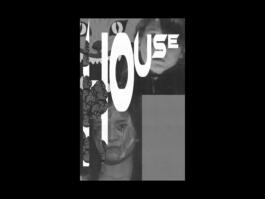




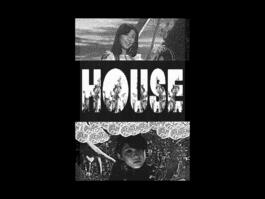
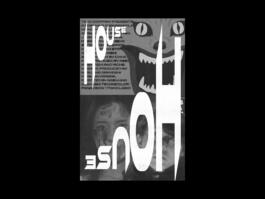




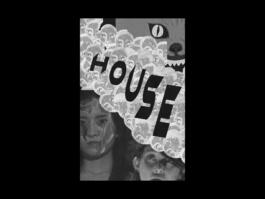


















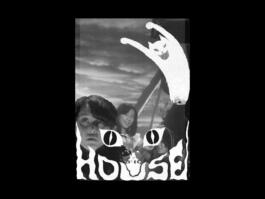








Student:
Alex Watters






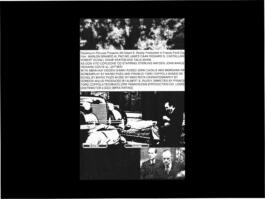



























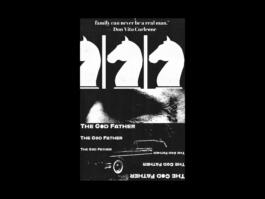

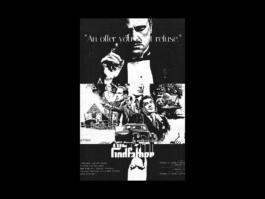






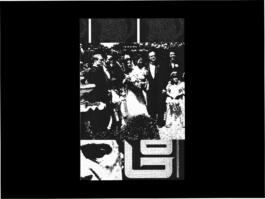
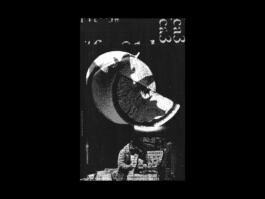



Student:
Anisha Reddipalli












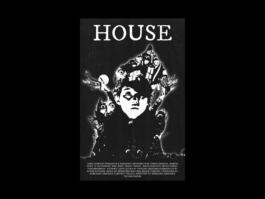









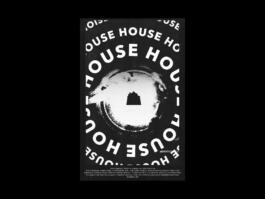









Student:
Ashe Meek







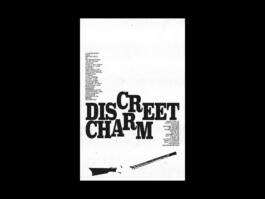
















Student:
Bettie Moeckel



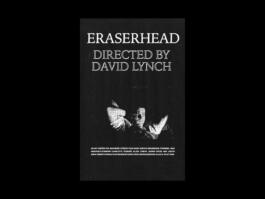
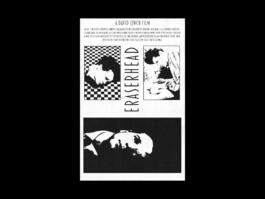






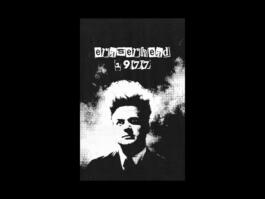







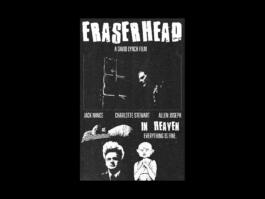


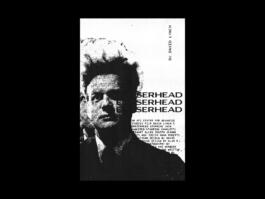









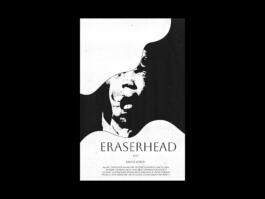


Student:
Ella Tesnar









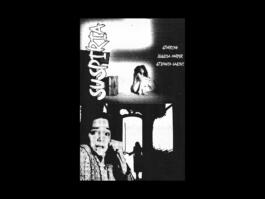









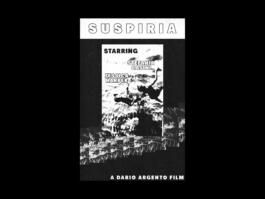


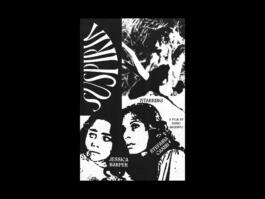








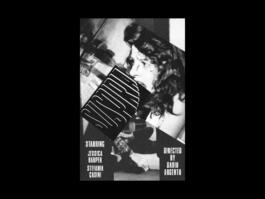













Student:
Elle Bryant













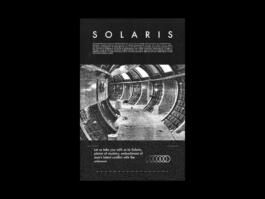






Student:
Jackson LeCount


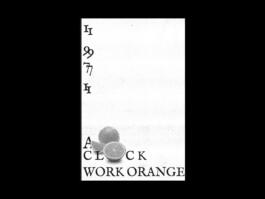
Student:
Macy Givan















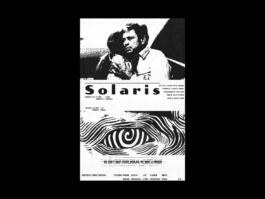











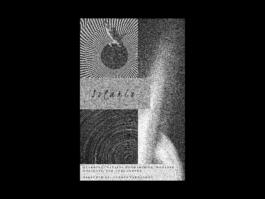






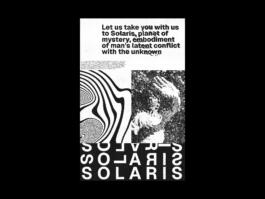
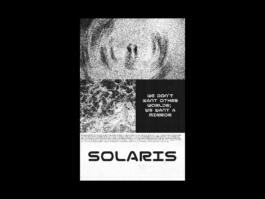




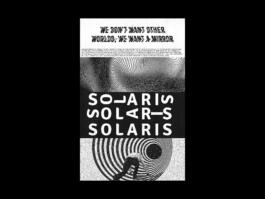




Student:
Maggie Blom




























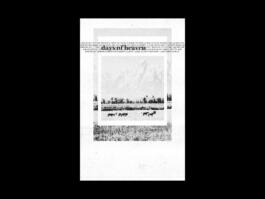








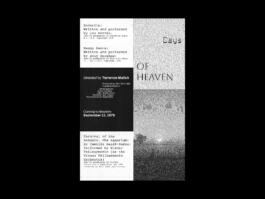




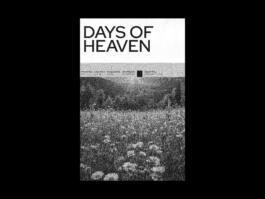


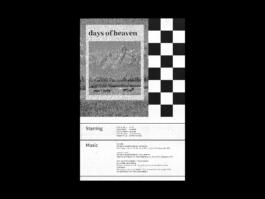

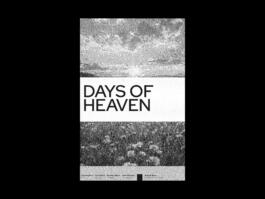








Student:
Maya Miklowski


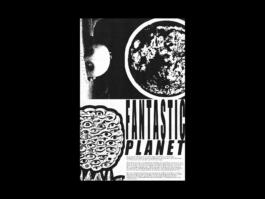














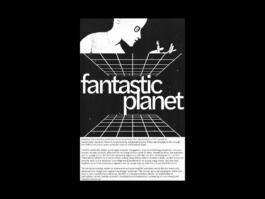






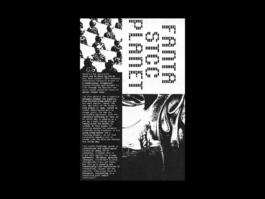
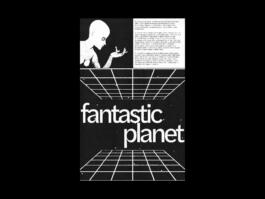




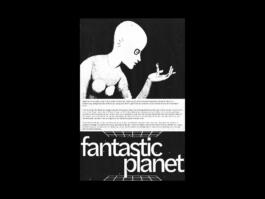











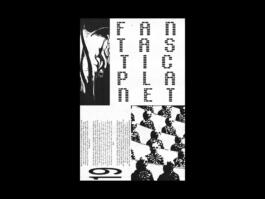


Student:
Melissa Schlub

















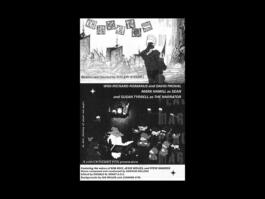


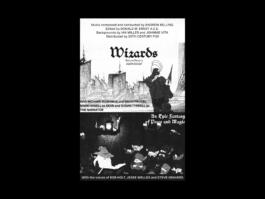



















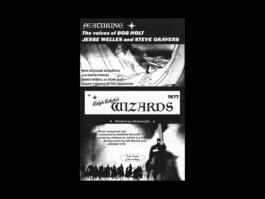

















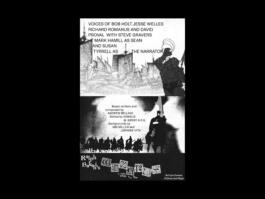
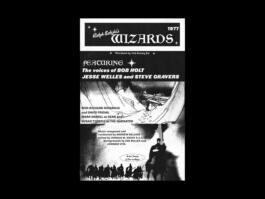




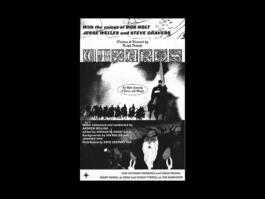

















Student:
Ray Stouder





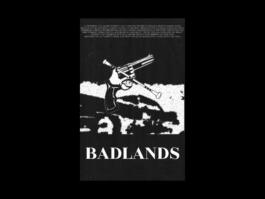

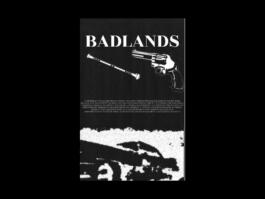

Student:
Reed McClelland
























Student:
Sophia Levesque




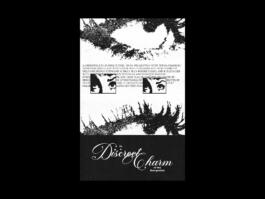
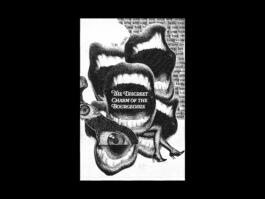






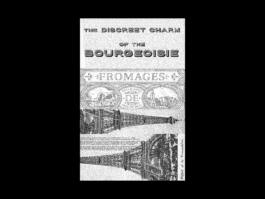






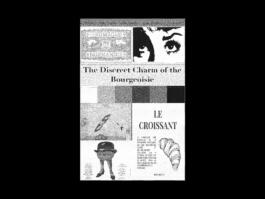




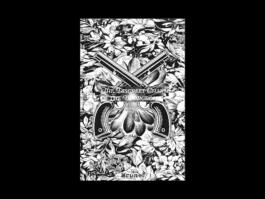

Student:
Sophia Schulte






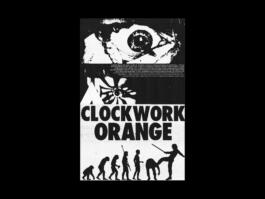






Student:
Sophia Stouffer











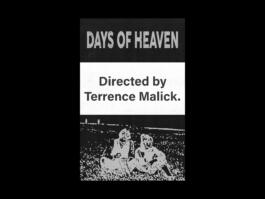





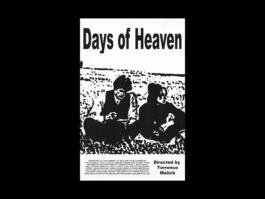









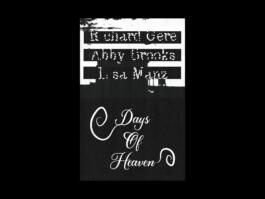









The Teaching Assistant: A Teaching Zine for Graphic Design Educators
During my MFA education, I went through a phase of angst-fueled by the idea of comparison between different design education programs. I constantly questioned the choices I made in picking schools and my lack of knowledge about them. I even considered whether we should get rid of 90-99% of the existing programs. But instead of erasing and starting over, why not try something else?
That's why I embarked on a journey of discovery to find alternative ways to approach design education. I explored different teaching methods, consulted with experts, and researched various education programs. This helped me gain a deeper understanding of the strengths and weaknesses of different approaches to design education.
As part of my MFA thesis work, I created a small publication to share projects, understanding, and goals with other educators. This publication was well received by my peers and it gave me the confidence to continue my exploration into alternative approaches to design education.
One of the things I learned during my exploration is that projects are a powerful tool for learning. They can be used to help students learn concepting and how to articulate their work effectively. At my day job, I use projects to help clients achieve their goals and the same approach can be applied to design education.
So, instead of just focusing on the differences between various design education programs, let us explore alternative approaches that can help us all achieve our goals. By sharing our knowledge and experiences, we can create a more inclusive and effective design education system that benefits everyone.






Fall 2021 - Spring 2022
PUCD 4206 Core 4 Thesis 1
The New School’s Parsons School of Design
Thesis 1 & Thesis 2 are year-long self-driven investigations into the research, prototyping, and design of an identified question, critique, or point of view. It provides an opportunity for design innovation and inquiry through the rigorous research and development of a capstone project, through various pathways across platforms. The goal of the first semester is to research, develop and articulate a thesis concept and create experimental prototypes, including designed presentations of research and process. Thesis 1, in particular, focuses on process, which includes primary and secondary research, ideation, prototyping, documenting, and writing about one’s own work. Students will be asked to reflect on how their ideas—as expressed through design—sit alongside historical precedent and shapes culture in the present. It provides an opportunity for visual innovation through the development of a rigorous design process.
01. 256
Description:
Before I started teaching, I used to think that students today had it made. They have access to a vast array of inspiration and a plethora of platforms to showcase their work. It seemed like the perfect environment for creativity to flourish. However, now that I am teaching, I realize that this environment also presents its own set of issues. Students can easily become overwhelmed and defeated before they even start their work.
Being a student today is hard. It's difficult to find your voice and to feel ownership over your work. As an educator, my goal is to empower my students with the tools needed to make this journey a little bit easier. For instance, I encourage them to experiment with different mediums and techniques, to take risks and to be unapologetically themselves. I also emphasize the importance of self-reflection and constructive feedback, which can help students develop a stronger sense of their own strengths and weaknesses.
One project that I assigned in my class was the 256 project. This project was a topic that was shared across the thesis cohort. I gave students direction while still allowing them enough leeway to find their own way. The project involved collecting images through daily making and writing down details or thoughts about the photo at the time it was taken. Students built collections and organized them by a predetermined theme, as well as producing their own. They then documented details about each photo, such as the time, date, and size. Next, students were tasked with organizing the images in an editorial format, possibly for the first time, curating elements for others to view. They were asked to include their notes and any dialogue to explain why they shot what they did. The output was a hundred-plus-page book, and the outcome showed students excited to share their projects with others and include them in their portfolios. This project not only allowed students to develop their artistic skills, but also their organizational skills and their ability to communicate their ideas effectively.
Student:
Carmen Pleitez








Student:
Germaine Mai








Student:
Ivy Kurniawan

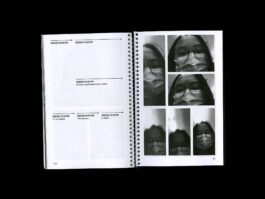



Student:
Jacy Chen

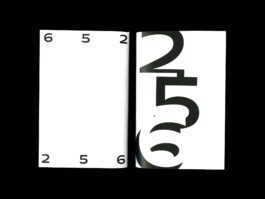





Student:
Kelly Liu
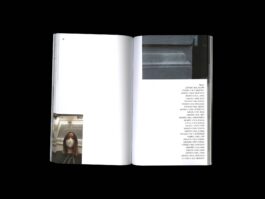




Student:
Nora Lombardo








Student:
Oz Osborn



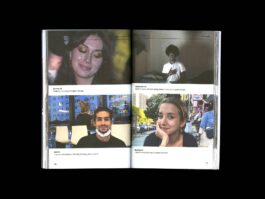


Student:
Sarah Kim




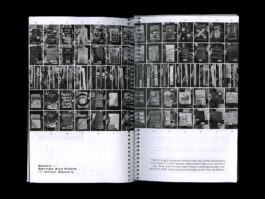

Student:
Sofia Cacho Sousa





Student:
Aaron Deng







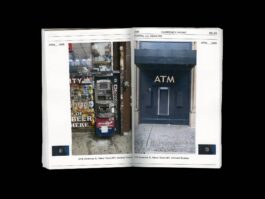


Student:
Tarra Boroumandi
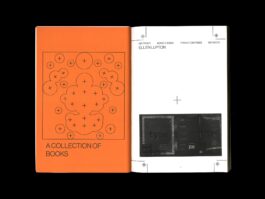




Student:
Zach Tinubu-Karch





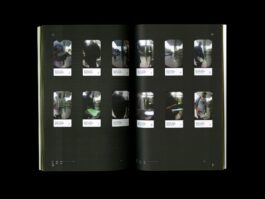

Student:
Zeid Jaouni





Restrictions:
- Do not use color names, describe them instead.
- Your partner will follow the notes you provide.
Rinse + Repeat
(Left)
Original by João Araújo and Rita Huet
Described by Aaron Deng
(Center)
Transcribed by Carmen Pleitez
Described by Germaine Mai
(Right)
Transcribed byIvy Kurniawan

(Left)
Original by Guillaume Sbalchiero
Described by Nora Lombardo
(Center)
Transcribed by Oz Osborn
Described by Samantha Chun
(Right)
Transcribed by Sarah Kim

(Left)
Original by Maziyar Pahlevan
Described by Sarah Kim
(Center)
Transcribed by Sofia Cacho Sousa
Described by Tarra Boroumandi
(Right)
Transcribed by Zach Tinubu-Karch

(Left)
Original by Caleb Halter
Described by Juriel Furukawa
(Center)
Transcribed by Kelly Liu
Described by Nora Lombardo
(Right)
Transcribed by Oz Osborn

04. Experiment I & II
Students were set to create a prototype in one medium that explores their question, critique, or point of view from the learnings in early practices. Students should have a specific audience in mind. They then identify and document precedents in all media that pose a similar exploration, and give other students feedback on approach, context, history, and audience.
Aaron Deng
Ex.1
Analog Digital
—
Sensor
—
A System
/
Documentation of Converting
/
A Fictional Software








Aaron Deng
Ex.2
Circulation of Matter
















Juriel Furukawa
Ex.1
Identity Cloaking
















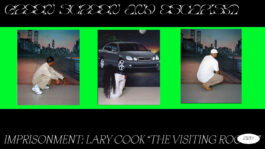
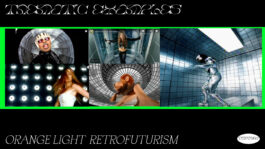


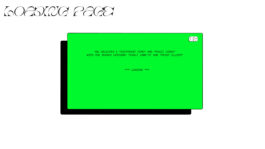




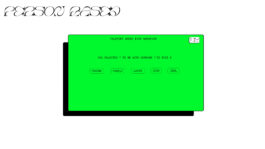

Juriel Furukawa
Ex.2
Study of Time Travel and Escapism through the Color Green






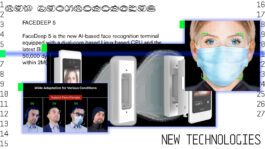


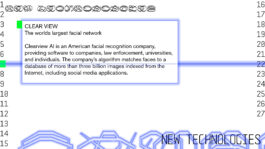

















Ivy Kurniawan
Ex. 1
Beauty Standards and Plastic Surgery






















Fall 2017
ART432 Portfolio
Western Kentucky University
As a continuation of the concepts and content covered in previous courses during your education at Western Kentucky University, this course applies the components and principles of design and typography to a variety of visual communication design contexts. While exploring, investigating, and analyzing greater conceptual considerations in both assigned and self-defined projects, students will delve deeper into ideation and visualization to produce and execute more refined and sophisticated solutions to complex problems.
Download Syllabus
01.
Title: The Roadrunner, the Cathedral, and the Electric Company from Neenah, Wisconsin
Student:
Dakota Bragdon
2017








02.
Title: Book of Collections
Student: Roy Lewis
2017









03.
Title: Alphabet: Found Typography
Student: Maddie Peirce
2017


04.
Title: National Parks of America
Student: Maddie Peirce
2017








Fall 2017
ART431 Illustration
Western Kentucky University
The course will emphasize individual investigation and discovery while remaining open to collaborative projects that many cross disciplines within the department (new media, digital design, printmaking, photo, advertising, etc.).
01.
Title: 60/60
Student: Audrey Payne
2017






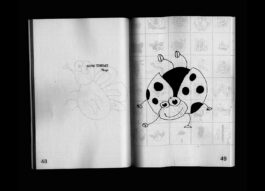

02.
Title: 60 Illustrations 60 Minutes
Student: Craig Ostertag
2017








03.
Title: 600 Minutes of Drawing
Student: Isabelle Johnson
2017
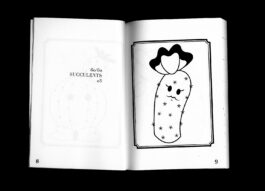

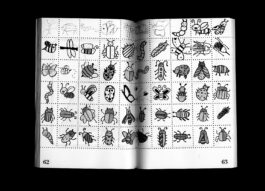





04.
Mazes
1-4
Sarah Schott
5-6
Mason Brennenstuhl
7-10
Emily Vogler
11-13
Isabelle Johnson
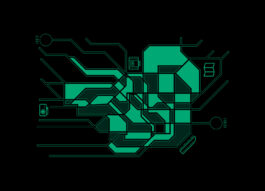






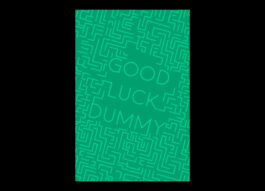




05.
Visual Diary
1-3
Audrey Payne
4-8
Lauren Miller
